Parque Eduardo VII (Edward VII Park) is the largest park in the center of Lisbon. Its main attraction is the Estufa Fria, a greenhouse garden in the northwest corner of the park.
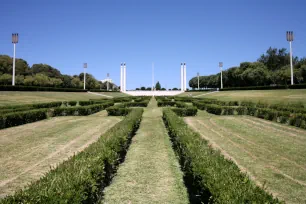
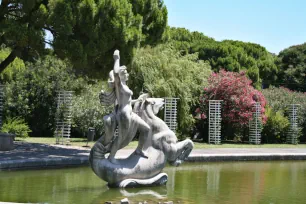
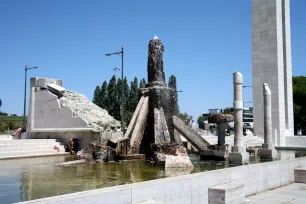
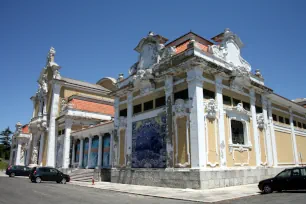
The park was created in the late nineteenth century as an extension of the Avenida da Liberdade. It was originally known as Parque da Liberdade (Liberty Park) but renamed in 1903 in honor of king Edward VII, who had visited the city the previous year to strengthen the historical ties between Portugal and Britain.
Layout
The twenty-six hectare (64 acres) large park is situated on a slope just north of the Praça do Marquês de Pombal. It is divided into three sections, with a central grass area with geometrically patterned hedges and two landscaped gardens on either side. In the northeast part of the park sits a small but colorful garden embellished with a number of statues. Nearby is the Pavilhão Carlos Lopes, a historic pavilion decorated with large azulejo panels.
The western area of the park contains a fish pond and an interesting complex of greenhouses, known as the Estufa Fria.
Sights
Monumento ao 25 de Abril
At the top of the slope, on a small esplanade marked by four large pillars, stands a modern monument that commemorates the 1974 Revolution. The monument was created by João Cutileiro, a Portuguese sculptor. It consists of a fountain in the shape of a rock, supported by large struts and set in a basin with a crumbling wall and broken columns.
From the esplanade, looking south towards the river Tagus, you have a beautiful view over the city.
Pavilhão Carlos Lopes
The Carlos Lopes Pavilion was originally built for the 1922-1923 exposition in Rio de Janeiro, held in celebration of the centenary of the Independence of Brazil.
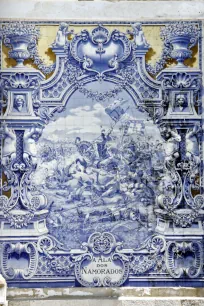
After the exposition, the pavilion was reconstructed in the Parque Eduardo VII. It opened in 1932, just in time for the Portuguese Industrial Exhibition. After the exhibition the pavilion was used as a meeting venue, concert hall and even a sports hall. Originally known as the Exhibitions Palace, the pavilion was renamed in 1984 in honor of Carlos Lopes, winner of Portugal’s first ever Olympic gold medal.
The white and ochre painted pavilion was designed by the Portuguese architects Guilherme e Carlos Rebello de Andrade and Alfredo Assunção Santos. It is beautifully decorated with large ceramic panels created by the azulejo artist Jorge Colaço. Sculptor Raul Xavier created the sculptures that flank the main entrance.
In 2003 the pavilion had become dilapidated and the city decided to close the building. Plans to convert the building into a sports museum fell through due to financial problems.
Estufa Fria
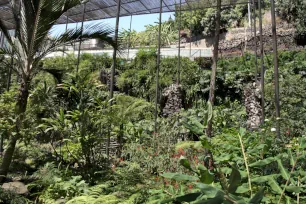
The highlight of the Parque Eduardo VII is the Estufa Fria, an eight hectare large greenhouse garden that was created between 1926 and 1930 by architect Raul Carapinha.
The garden consists of three different greenhouses. The largest one is the Estufa Fria itself, a ‘cold’ (not heated) greenhouse with large trees and winding paths. The Estufa Quente is a hot house containing a variety of tropical plants. The Estufa Doce – ‘sweet’ greenhouse – is the smallest of the three, with mainly cacti and other succulents.

